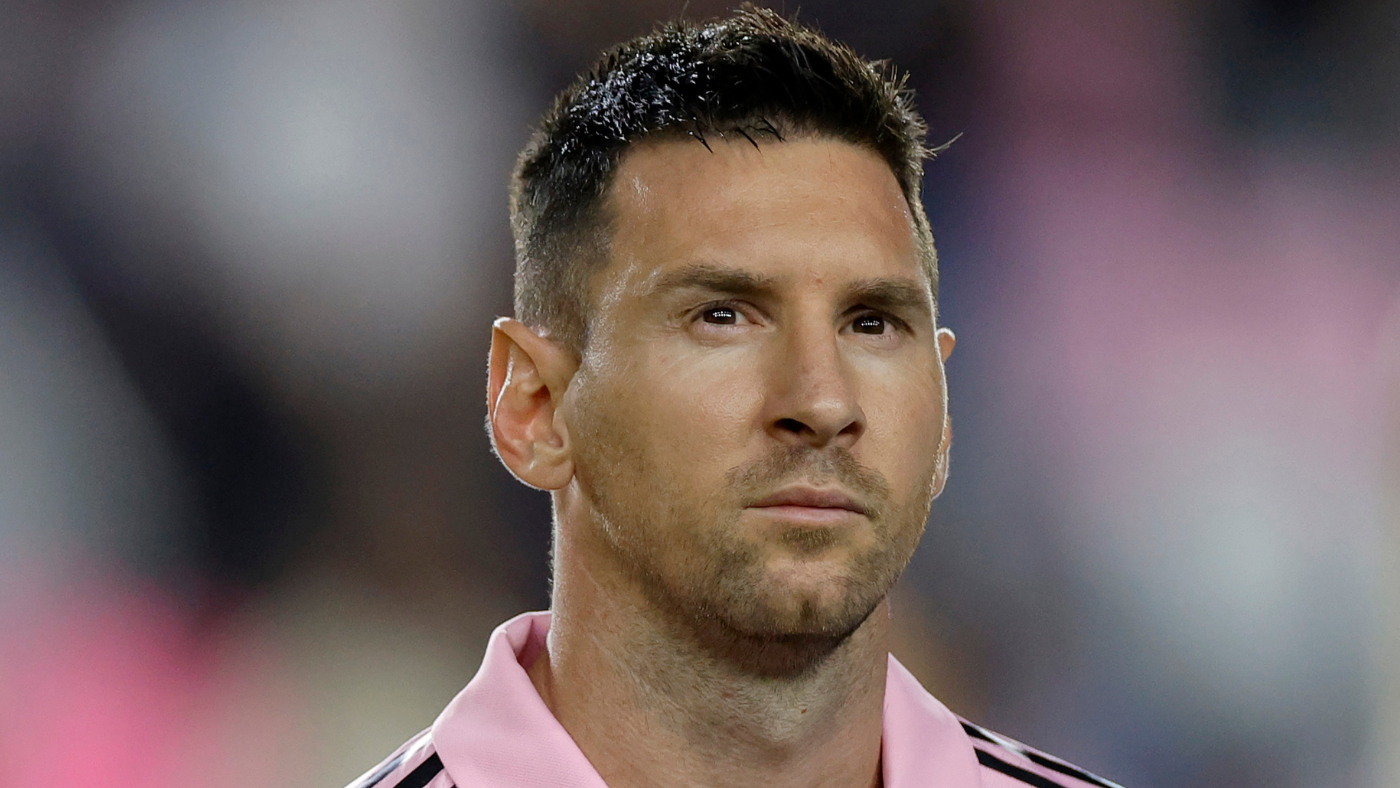What one year in space does to the body as NASA astronaut Frank Rubio returns home
Written by ABC Audio ALL RIGHTS RESERVED on September 28, 2023
(NEW YORK) — After 371 days in space, NASA astronaut Frank Rubio is returning to Earth Wednesday.
The 47-year-old broke the record for the longest time spent in space by a U.S. astronaut earlier this year after his original six-month mission at the International Space Station was extended by an additional six months.
Rubio told ABC News’ Good Morning America in August that he will be examined by a medical team upon his arrival and he may need some time to readapt to Earth’s gravity and rebalance his equilibrium for everyday tasks such as walking and standing upright.
Experts say spending a prolonged period in space — especially one year — comes with many changes to human physiology and psychology.
One of the biggest changes comes from spending time in microgravity, which allows astronauts to float inside a spacecraft or outside during spacewalks.
During this period, there is a decrease of muscle mass — due to decreased use and lack of stimulus through exercise equipment — and bone loss.
Dr. Jennifer Fogarty, chief scientific officer at Baylor College of Medicine’s Translational Research Institute for Space Health, told ABC News that the biggest changes with bone and muscles loss occur in the first couple of months of a mission and then level off.
She said one of the areas that she sees crew members struggle with upon returning to Earth is neurovestibular challenges, or how the body maintains a sense of position and balance, as gravity changes.
“How do you coordinate movement like walking, which you haven’t done for a long period of time, and then the idea of balance? When you put those two together, it can kind of create a little bit of a precarious situation and something that’s very well-monitored with the crew members when they land on Earth,” she said.
The longer the mission, the longer it can take to acclimate, Fogarty said. Four- to six-month missions make take two to three days. Longer missions would likely take even longer.
Additionally, because of the weightlessness in microgravity, blood and cerebrospinal fluid often shift upward from the lower extremities to the head and eyes, which is believed to cause eye and brain structural changes.
This is a phenomenon known as Spaceflight Associated Neuro-ocular Syndrome and long-duration astronauts may experience a variety of changes including an upward shift of the brain or eye swelling and blurry vision.
Our veins have valves in them so blood doesn’t flow backwards when we stand up, but when we’re in a weightless environment, there’s a big fluid shift from the body up into the head,” explained Dr. Michael Decker, co-director of the Center for Aerospace Physiology at Case Western Reserve University School of Medicine. “Some of this increased intracranial pressure can actually impact the eye and lead to visual impairment. Sometimes when astronauts land, that visual impairment does not necessarily resolve.”
“That is one of the most foreign things biologically that the body has to deal with,” Fogarty, who is also the former chief scientist of the NASA Human Research Program, added. “I think that is the one where I would say crew members who do extended durations do get much greater monitoring, because we really don’t know what to anticipate.”
There are also physical and psychological effects that come from being isolated and in a closed environment for a long duration.
Research has shown that this type of environment, regardless of whether someone is in space, can lead to behavioral changes and cause fatigue, stress and sleep loss.
Fogarty said that there are also changes to the immune system during this time, often a result of chronic stress, which is why it’s important to create as healthy of an environment as possible for astronauts going on missions.
Scientists will also likely look to see if Rubio has any changes to his genes, including those related to the immune system, as occurred with astronaut Scott Kelley when he spent 340 days in space in 2015 and 2016.
Decker said 90% of these changes were resolved within a few months of Kelley’s return so it will be interesting to see if the same thing occurs with Rubio.
Additionally, “isolation creates a stressor and another sensory deprivation issue,” she said. “Anywhere where you don’t have the smell of the grass or the rain or colors to look at, look at the water versus the mountains, like when your choices are very limited.”
She added that while space is a difficult environment, the changes astronauts experience are not unexpected and that NASA teams make sure they are prepared extensively before going into space.
“We can select people, train them and make sure they’re very healthy before they go,” Fogarty said. “We do the research to understand where we can make different choices with the environments we build for these people to live and work in, so that we are not tapping into those reserves … and compromising them.”
Copyright © 2023, ABC Audio. All rights reserved.







